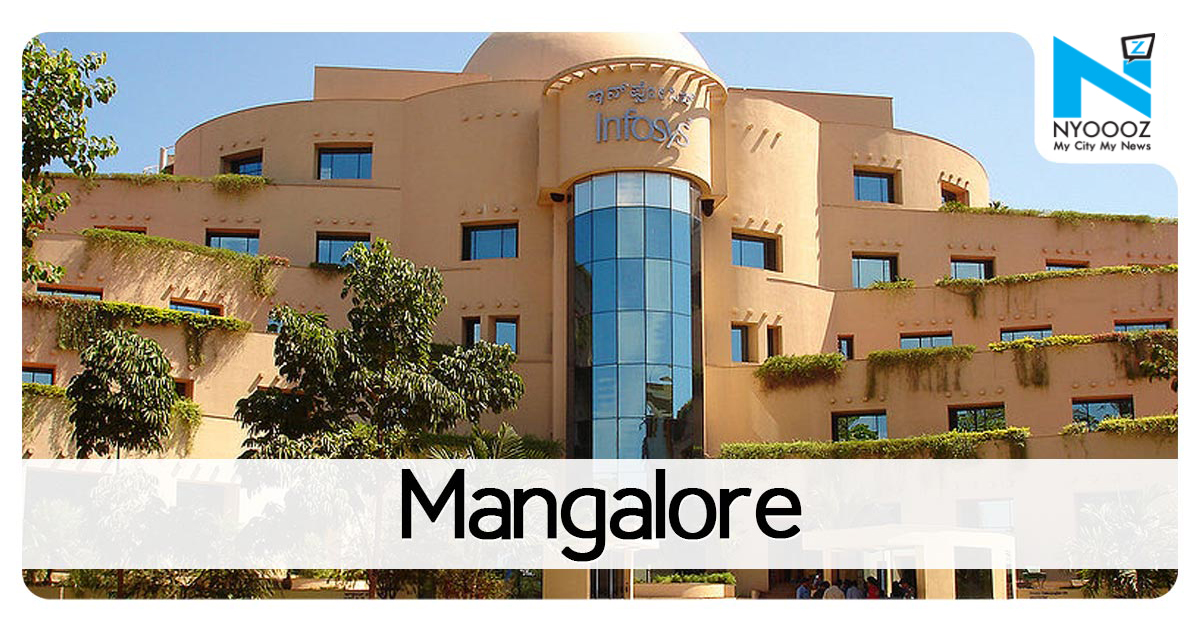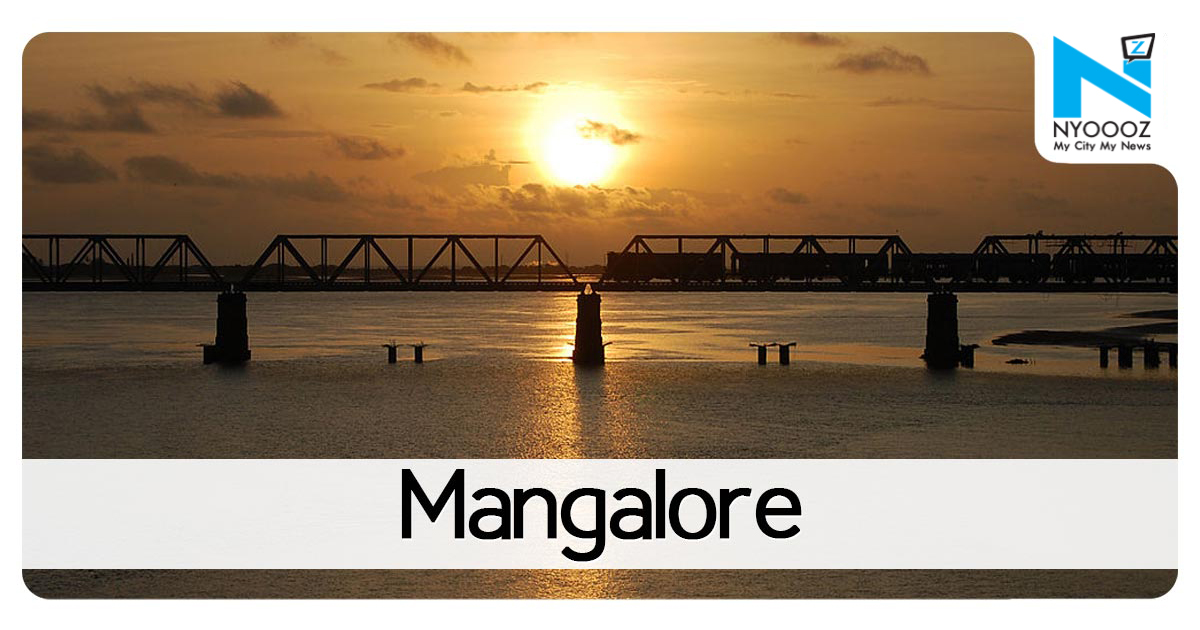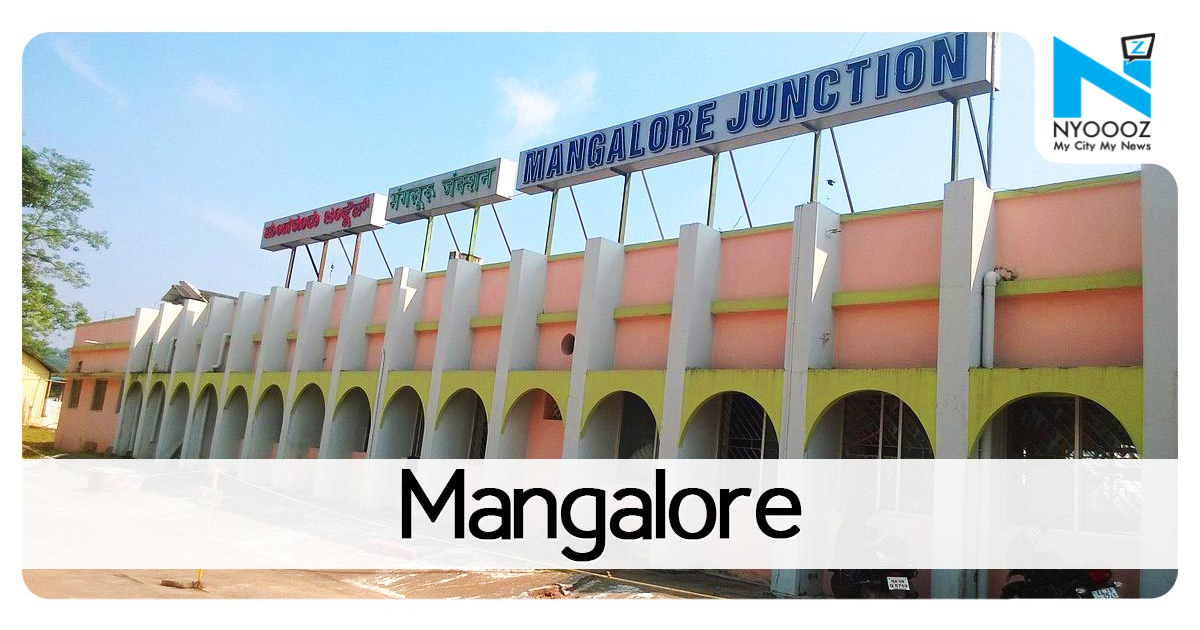Sea water desalination plants not viable, says Ramachandra
- | Saturday | 24th February, 2018
| Photo Credit: Special ArrangementStating that sea water desalination plants will do more harm to the marine eco system than solve the drinking water crisis, T.V. It may be mentioned here that the government authorities are making moves to set up sea water desalination plants in Mangaluru. 8 tmcft of water for MumbaiBottled water manufacturers are drawing about 8 tmcft of water from the Netravathi river basin for sending them to Mumbai, according to Mr. Ramanchandra. Thus 70% of Bengaluru’s water requirement is met by rainfall which will have to be harvested properly. He said that the ecology in the Netravathi river basin should be conserved at any cost for the future generation particularly in Dakshina Kannada and Udupi.

If You Like This Story, Support NYOOOZ
Your support to NYOOOZ will help us to continue create and publish news for and from smaller cities, which also need equal voice as much as citizens living in bigger cities have through mainstream media organizations.
Stay updated with all the Latest Mangalore headlines here. For more exclusive & live news updates from all around India, stay connected with NYOOOZ.









